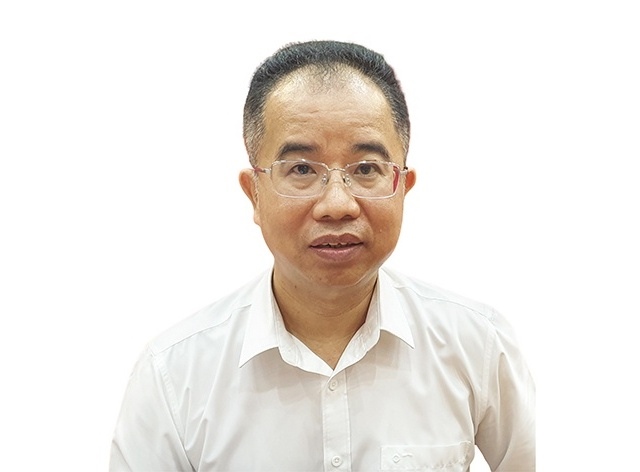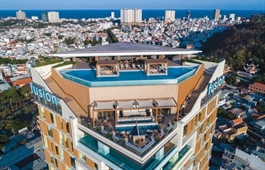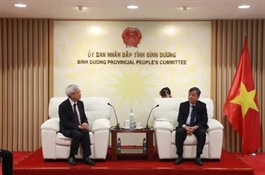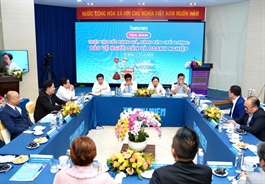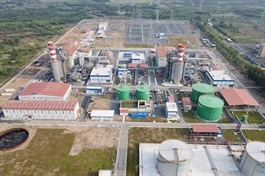Vung Tau in hunt to become stronger economically
Vung Tau in hunt to become stronger economically
The proposed incorporation of Binh Duong and Ba Ria-Vung Tau into Ho Chi Minh City is currently being finalised and expects to create a new mega-urban area in the southeast region of Vietnam.

Giang Huynh, director of Research Savills in Ho Chi Minh City |
Ho Chi Minh City is drafting its merger plan and, as scheduled, the resolution will take effect on September 1, and the new city will officially begin operating on September 15.
In April, Ho Chi Minh City People’s Council officially passed the resolution endorsing the incorporation. Following the merger, the new administrative will retain the name Ho Chi Minh City, emerging as a megacity in Southeast Vietnam.
The political and administrative centre will remain in Ho Chi Minh City, with two auxiliary administrative centres maintained at the existing locations of the other two provinces.
The merger should create a new, highly competitive economic and urban hub, leveraging natural, geographic, and infrastructure advantages. Their adjacent locations and integrated transport systems will enable more effective and coherent spatial and urban planning.
The expanded land bank also provides room for decentralisation strategies, the development of satellite towns, and the construction of modern metropolitan areas.
Simultaneously, infrastructure systems, particularly roadways, waterways, and seaports, are expected to be standardised to enhance regional connectivity and improve logistics capacity.
For the administrative merger to be effective and urban land use to be optimised, four key factors must be addressed in synchrony: administrative and land procedures must be simplified; master planning needs unified land and infrastructure planning; financial mechanisms should establish efficient disbursement channels for public investment; and a clear and cohesive development strategy must be put in place.
Planning a larger land area after the merger will create flexibility to introduce new planning decisions, shaping future infrastructure and residential zones. This helps address urban decentralisation and unlock new housing supply.
However, these areas must prioritise strong connectivity to the city centre to attract genuine residential demand. In parallel, there must be a clear strategy for new infrastructure development and investor attraction to these zones.
Ho Chi Minh City is currently the financial and economic centre of the country, offering hospitality and residential services to the largest population.
However, the city’s infrastructure is under significant pressure due to its high concentration, resulting in increasing congestion. Binh Duong is recognised as an industrial hub with rapid urbanisation, while Ba Ria-Vung Tau benefits from tourism and industrial development.
The merger of these three areas will create a powerful economic region, diversified across manufacturing, residential, commercial services, and tourism. To fully unlock this potential, it is critical to implement integrated planning strategies and efficient administrative procedures.
The present infrastructure to connect Ho Chi Minh City, Binh Duong, and Ba Ria-Vung Tau remains limited. Despite major national highways and expressways such as Ho Chi Minh City-Long Thanh, congestion persists, especially at key intersections like An Phu Roundabout, with potential spill-over into surrounding areas like Long Thanh.
The timely completion of key infrastructure projects such as Ring Road 3 and the expressways connecting Ho Chi Minh City-Thu Dau Mot and Bien Hoa-Vung Tau is essential to alleviate pressure on existing infrastructure and unlock the potential of peri-urban areas awaiting infrastructure development.
These new plans are necessary, especially those offering more effective connectivity between Ho Chi Minh City, Binh Duong, Ba Ria-Vung Tau, and neighbouring provinces such as Dong Nai.
- 11:20 13/06/2025


